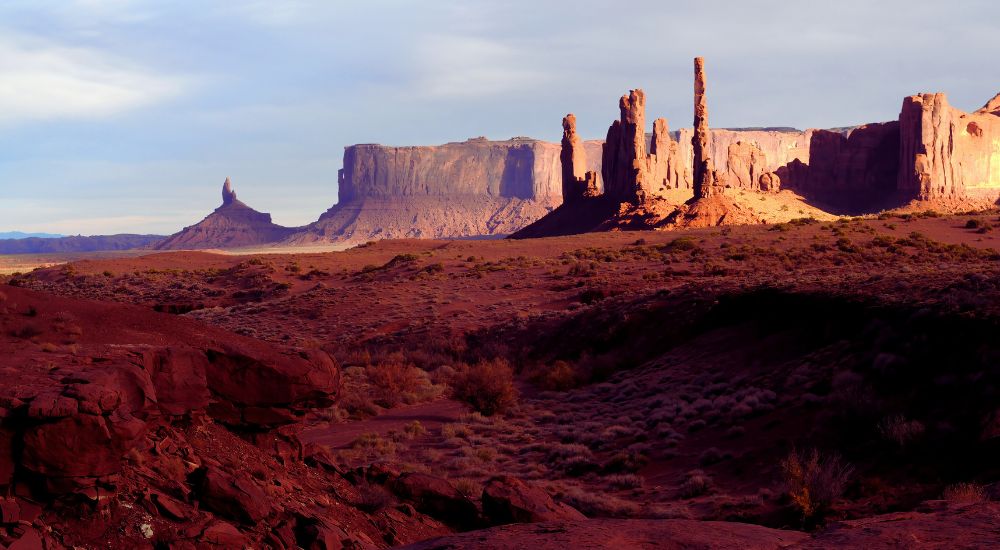Nestled in the heart of northern Arizona, the Navajo National Monument is a remarkable window into the past. This hidden gem, managed by the National Park Service, preserves ancient Ancestral Puebloan cliff dwellings that have stood the test of time for centuries. Beyond its archaeological significance, the site offers panoramic desert views, hiking trails, and cultural immersion into the Navajo Nation.
Whether you’re a history enthusiast, hiker, or cultural explorer, Navajo National Monument delivers an unforgettable experience.
History and Cultural Significance
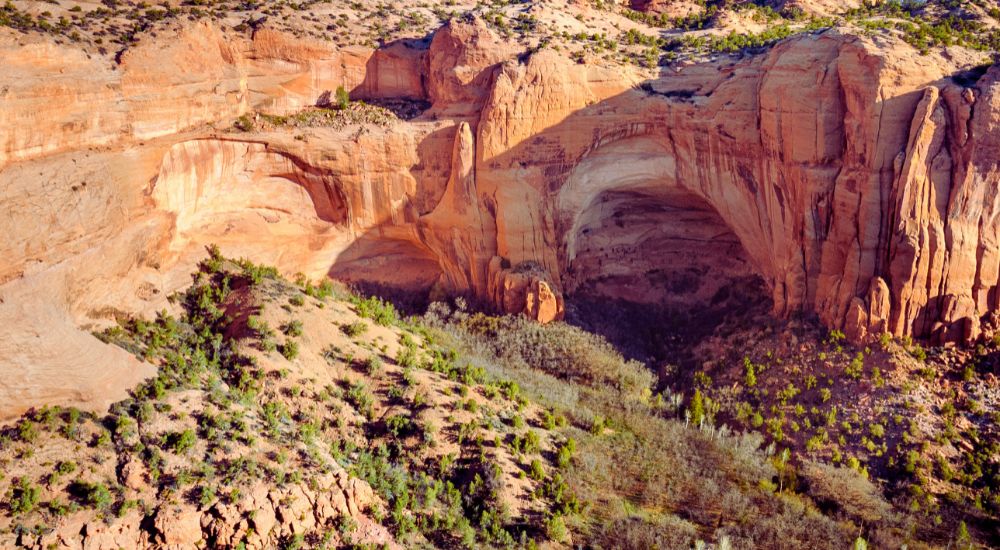
The Navajo National Monument protects three well-preserved cliff dwellings: Betatakin, Keet Seel, and Inscription House. These sites were built by the Ancestral Puebloans (also known as the Anasazi) who inhabited the region around 1250 to 1300 AD. Their structures were carved into massive sandstone alcoves, using stone and adobe materials.
Though only Betatakin is currently accessible via guided hikes, all three dwellings reflect the ingenuity and communal life of early Indigenous cultures in the Southwest.
Living Heritage
Today, the monument is located within the Navajo Nation, and the traditions of the Navajo people are deeply tied to the landscape. The visitor center offers educational exhibits, native crafts, and films that highlight both historical and modern-day Navajo culture.
Hiking Trails and Outdoor Activities
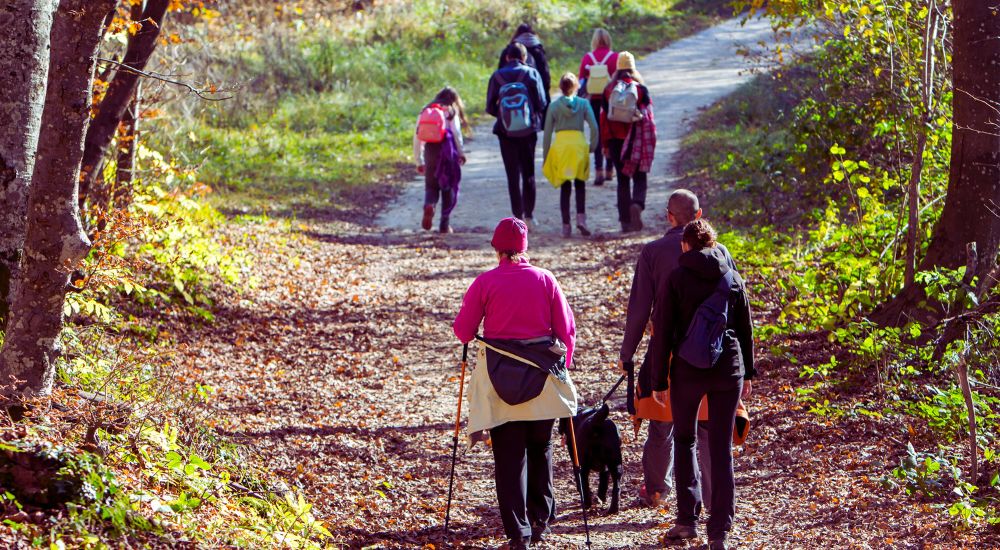
Outdoor lovers can enjoy scenic trails such as:
- Sandal Trail: A 1.3-mile round-trip path leading to the Betatakin cliff overlook. It’s paved and accessible for most visitors.
- Aspen Trail and Canyon View Trail: Short trails with excellent vistas of the canyon and surrounding forest.
For experienced hikers, the Keet Seel trail offers a challenging 17-mile round trip requiring a backcountry permit. It leads to one of the most intact cliff dwellings in the Southwest.
Remember to bring water, wear proper footwear, and check for weather updates, especially in the summer when temperatures soar
Visitor Information and Accessibility

The Navajo National Monument Visitor Center, open year-round (except major holidays), provides maps, ranger-led tours, and interpretive exhibits. Entry is free, making it a budget-friendly adventure. Onsite facilities include:
- A small museum
- Picnic areas
- Restrooms
- Campgrounds like Sunset View and Canyon View, available on a first-come, first-served basis
Be sure to confirm hiking and camping regulations on the official National Park Service website before planning your trip.
Nearby Attractions Worth Visiting
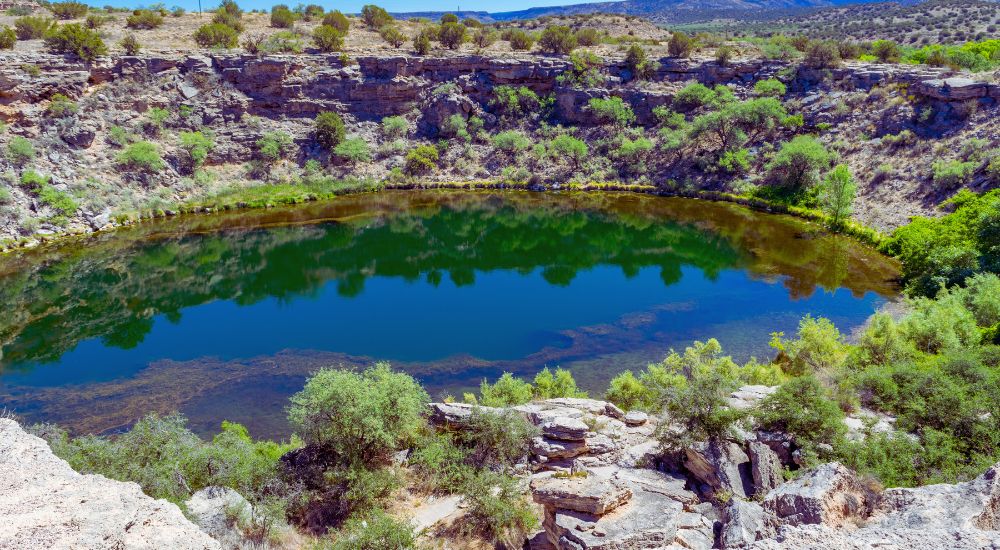
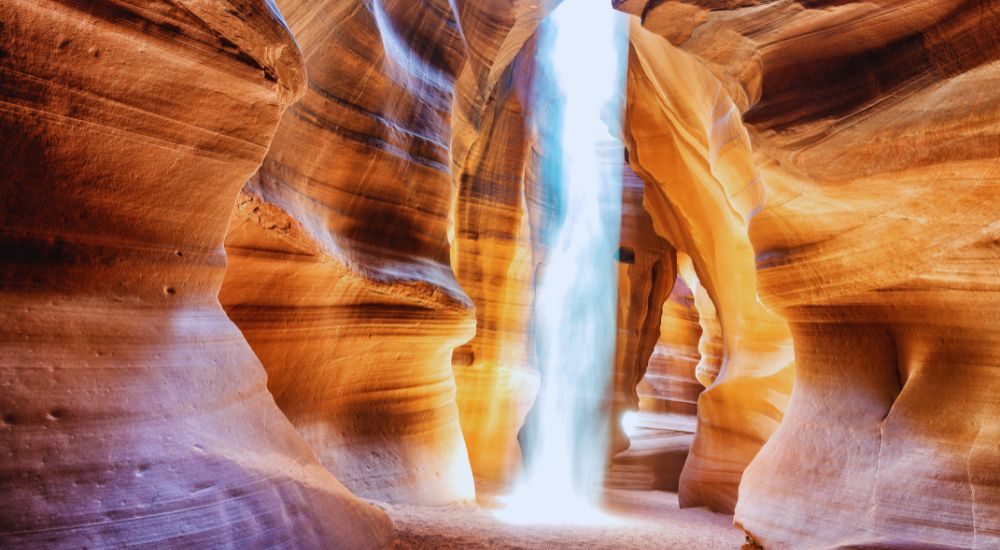
Navajo National Monument serves as a great starting point to explore nearby destinations:
- Monument Valley – Known for its cinematic red rock formations
- Lake Powell – A haven for boating and water sports
- Antelope Canyon – Famous for its narrow, photogenic slot canyons
For more natural wonders in Arizona, consider our blog on Petrified Forest National Park.
Cultural Events and Educational Programs

During summer and early fall, the monument hosts cultural events such as:
- Traditional Navajo storytelling
- Weaving and silversmithing demonstrations
- Junior Ranger programs for young explorers
These activities offer insight into how ancient traditions are preserved and passed down.
You might also like our guide on the Arizona Matsuri Festival, a celebration of Japanese culture in the Southwest.
Wildlife and Flora in the Region

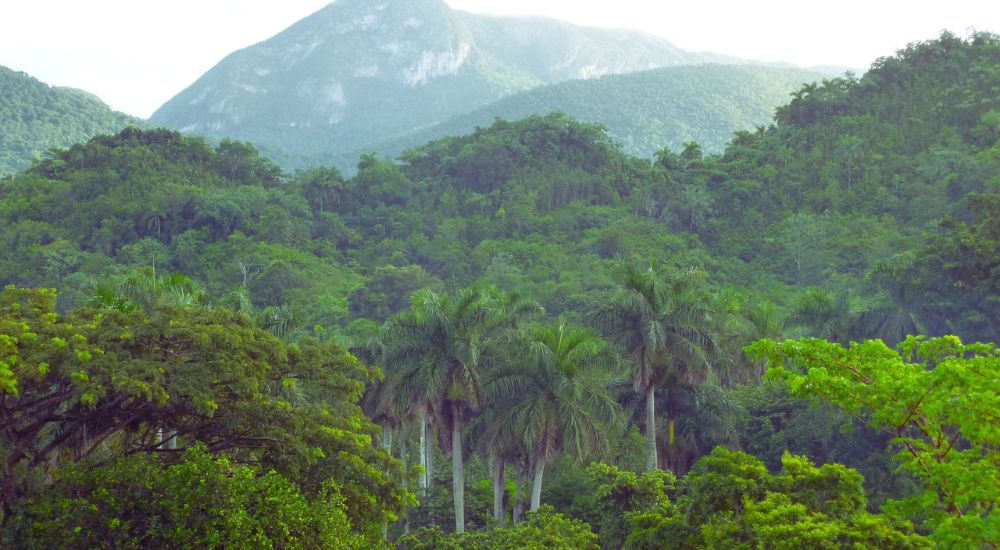
The high desert ecosystem around the monument is teeming with unique plant and animal life. You may encounter:
- Mule deer
- Coyotes
- Ravens
- Piñon pine and juniper trees
Spring and early summer are great times to see blooming wildflowers and enjoy mild temperatures.
For another scenic Arizona adventure, read our post about the Arizona National Scenic Trail, which stretches from Mexico to Utah.
Conclusion
Visiting Navajo National Monument is more than just a sightseeing trip it’s a journey into the heart of ancient civilizations and a testament to Indigenous resilience. With its blend of breathtaking landscapes, cultural heritage, and educational experiences, this site is a must-visit for anyone exploring northern Arizona.
Take the time to walk the trails, listen to Navajo stories, and witness the architectural marvels of those who came before. It’s a piece of American history you won’t soon forget.

